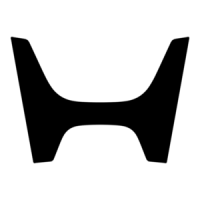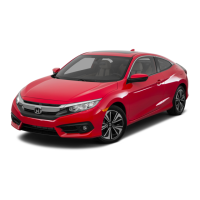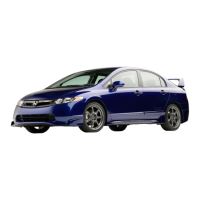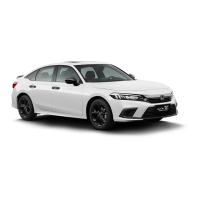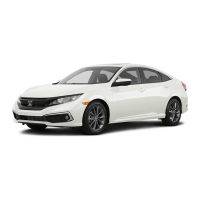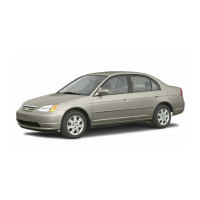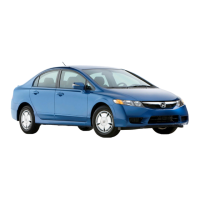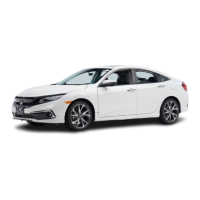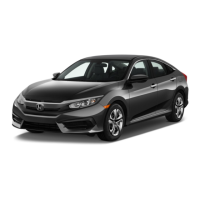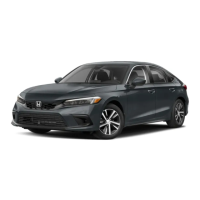A child who is at least one year old,
and who fits within the child
restraint syst em maker’s weight and
height limits, should be restrained in
a front facing, upright child restraint
system.
Of the different restraint systems
available, we recommend those that
have a five-point harness system as
shown.
We also recommend that a small
child uses the child restraint system
as long as possible, until the child
reaches the weight or height limit
for the restraint system.
For EU countries, refer to page
for the recommended child
restraint system.
We strongly recommend placing a
front facing child restraint system in
a back seat, not the front.
If the vehicle seat
is too far forward, or the child’s head
is thrown forward during a collision,
an inflating airbag can strike the
child with enough force to cause
very serious or fat al injuries.
If it is necessary to put a front facing
child restraint system in the front,
move t he vehicle seat as far t o the
rear as possible, and be sure the
child restraint system is firmly
secured to the vehicle and the child
is properly strapped in the restraint
system.47
Protecting Small Children
Child Restraint System Type
Child Restraint System Placement
Placing a f ront facing child restraint
system in the front seat of a vehicle
equipped with a passenger’s airbag
can be hazardous.
Protecting Infants and Small Children
Driver and Passenger Safety
43
Placing a front facing child
restraint system in the front
seat can result in serious
injury or death if the front
airbag inflates.
If you must place a front
facing child restraint system
in front, move the vehicle
seat as far back as possible,
and properly restrain the
child.
06/08/05 21:49:28 32SMG610_046
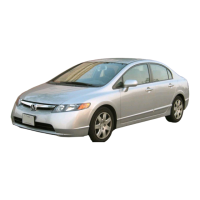
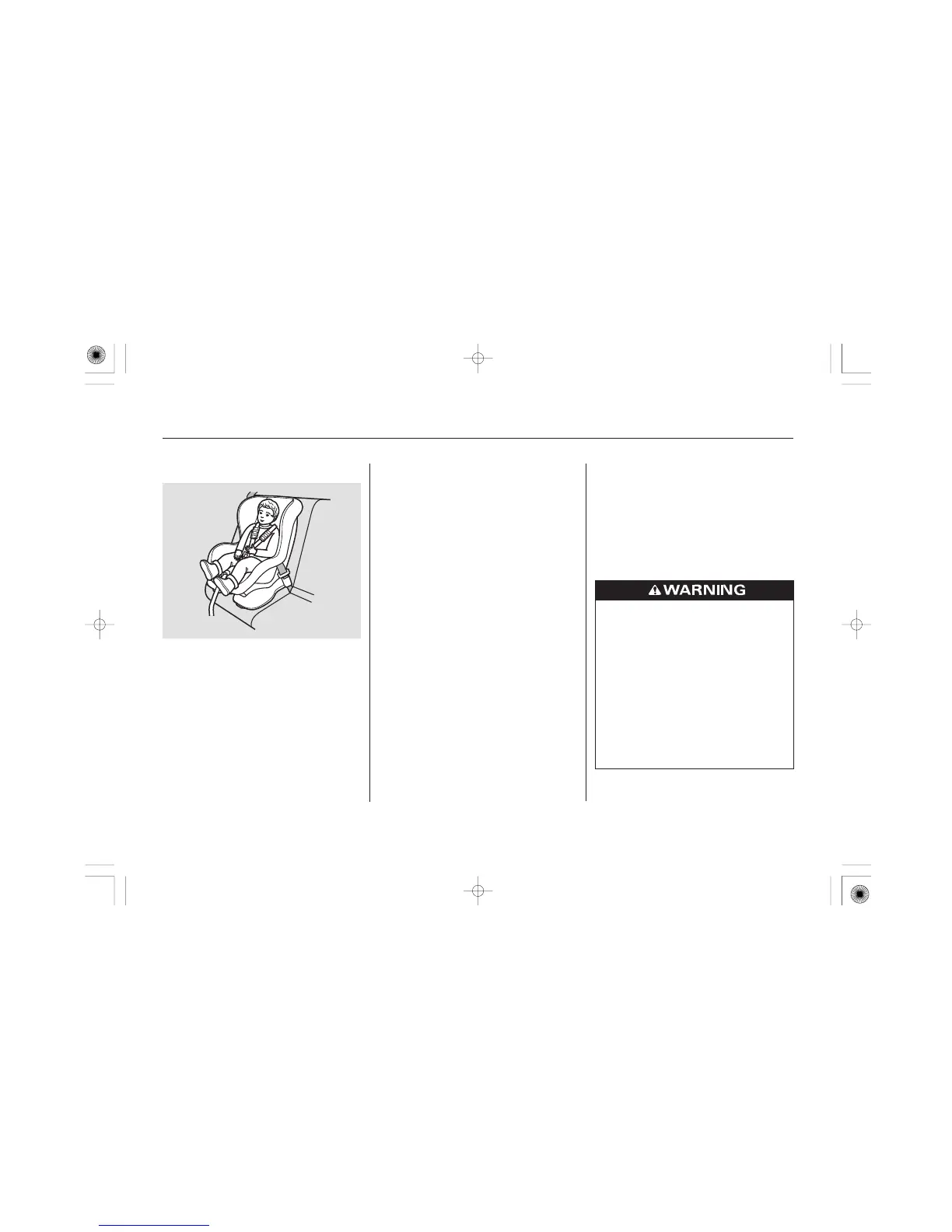